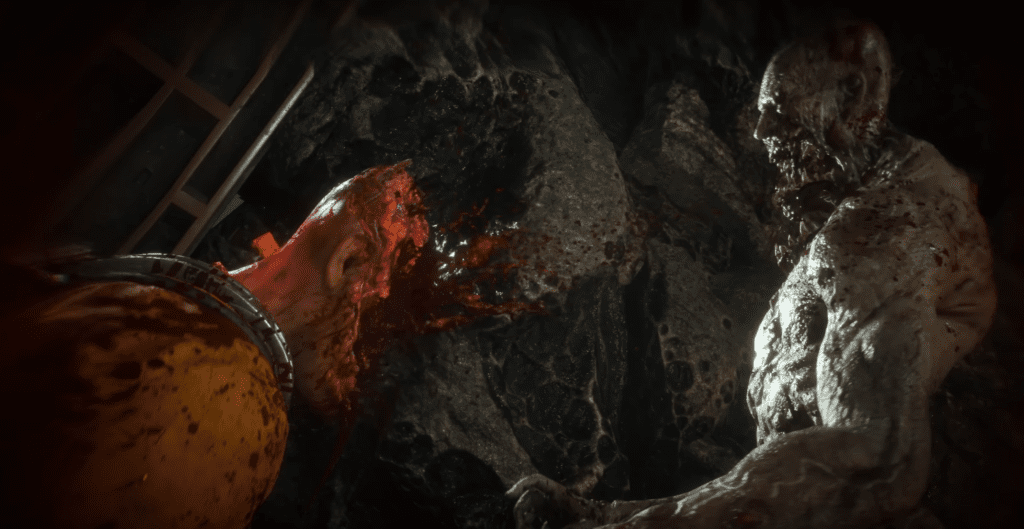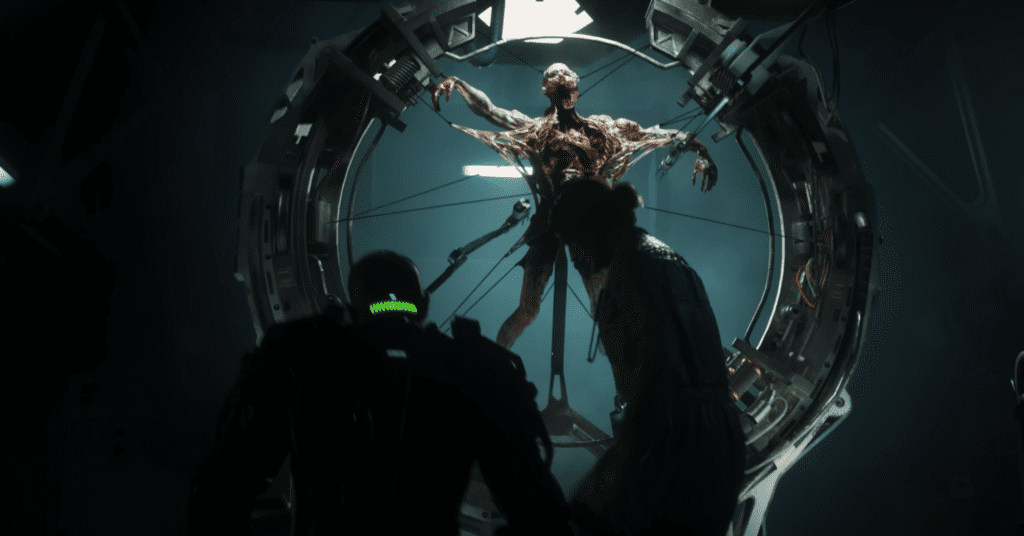The Callisto Protocol is a game that was supposed to be the spiritual successor to Dead Space, a return to the claustrophobic, brutal horror that made survival horror fans fall in love with deep-space nightmares. Developed by Striking Distance Studios, led by Glen Schofield, one of the minds behind Dead Space, expectations were sky-high. And while it delivers in some areas—especially in atmosphere, tension, and gore—it doesn’t quite reach the same heights as the horror classic it draws inspiration from.
The game puts you in the role of Jacob Lee, a cargo pilot who, after an unexpected crash, finds himself locked up in Black Iron Prison, a high-security facility on Jupiter’s moon, Callisto. But what should be a regular prison sentence turns into a nightmare when an unknown infection starts spreading, transforming inmates into grotesque, violent creatures known as Biophages. The setup is classic survival horror—a lone protagonist, an isolated environment, and an unstoppable threat lurking in the shadows.

Visually, The Callisto Protocol is one of the most stunning horror games I’ve ever played. The lighting, environmental details, and character animations make everything feel disturbingly real. Walking through the dark, rusted halls of Black Iron Prison, I could feel the weight of the setting—the bloodstains smeared across walls, the flickering emergency lights, the echoes of distant screams. It nails that oppressive atmosphere that makes you constantly feel like you’re being watched.
Where the game takes a unique approach is in its combat system. Unlike most survival horror titles that rely heavily on guns, The Callisto Protocol leans into melee combat, with dodging and countering playing a massive role. You’re not just unloading bullets—you’re forced into brutal, up close encounters with twisted, creapy creatures. The melee mechanics, while visually satisfying, can sometimes feel a bit clunky and repetitive, especially when the game starts throwing multiple enemies at you in tight spaces. There are firearms, but ammo is scarce, making every shot feel precious. This adds to the tension but also highlights some of the game’s difficulty spikes, where the balance between melee and ranged combat feels a bit uneven.
The horror in The Callisto Protocol is mostly built on gore, jump scares, and atmosphere, rather than deep psychological horror. The death animations are some of the most brutal I’ve seen in any game, with Jacob meeting his fate in some truly grotesque ways. While this adds to the fear factor, the overreliance on jump scares can sometimes feel predictable rather than genuinely unsettling. The enemy designs are undeniably creepy, but they don’t always have the same symbolic depth that made Dead Space’s Necromorphs so unique.

The story itself is serviceable but predictable. While there are some intriguing mysteries surrounding Black Iron Prison, the infection, and the true purpose of the facility, the narrative doesn’t take as many risks as it could have. There are moments that hint at something bigger, but by the time the credits rolled, I couldn’t shake the feeling that it played things a little too safe. There’s potential for a deeper, more complex story, but much of it feels underdeveloped or left for DLC expansion.
Performance at launch was also a major issue, especially on PC. Stuttering, frame rate drops, and bugs plagued the experience for many players. While patches have improved stability, it’s worth noting that the initial release left a bad impression on a lot of people.
Despite its flaws, The Callisto Protocol does some things incredibly well. The atmosphere is oppressive and immersive, the horror is visceral and brutal. But at the same time, it doesn’t quite have the same depth or variety as Dead Space, making it feel like a game that’s just shy of being great. If you’re a fan of sci-fi horror and love tense, cinematic experiences, it’s still worth playing—but just don’t expect it to reinvent the genre.








